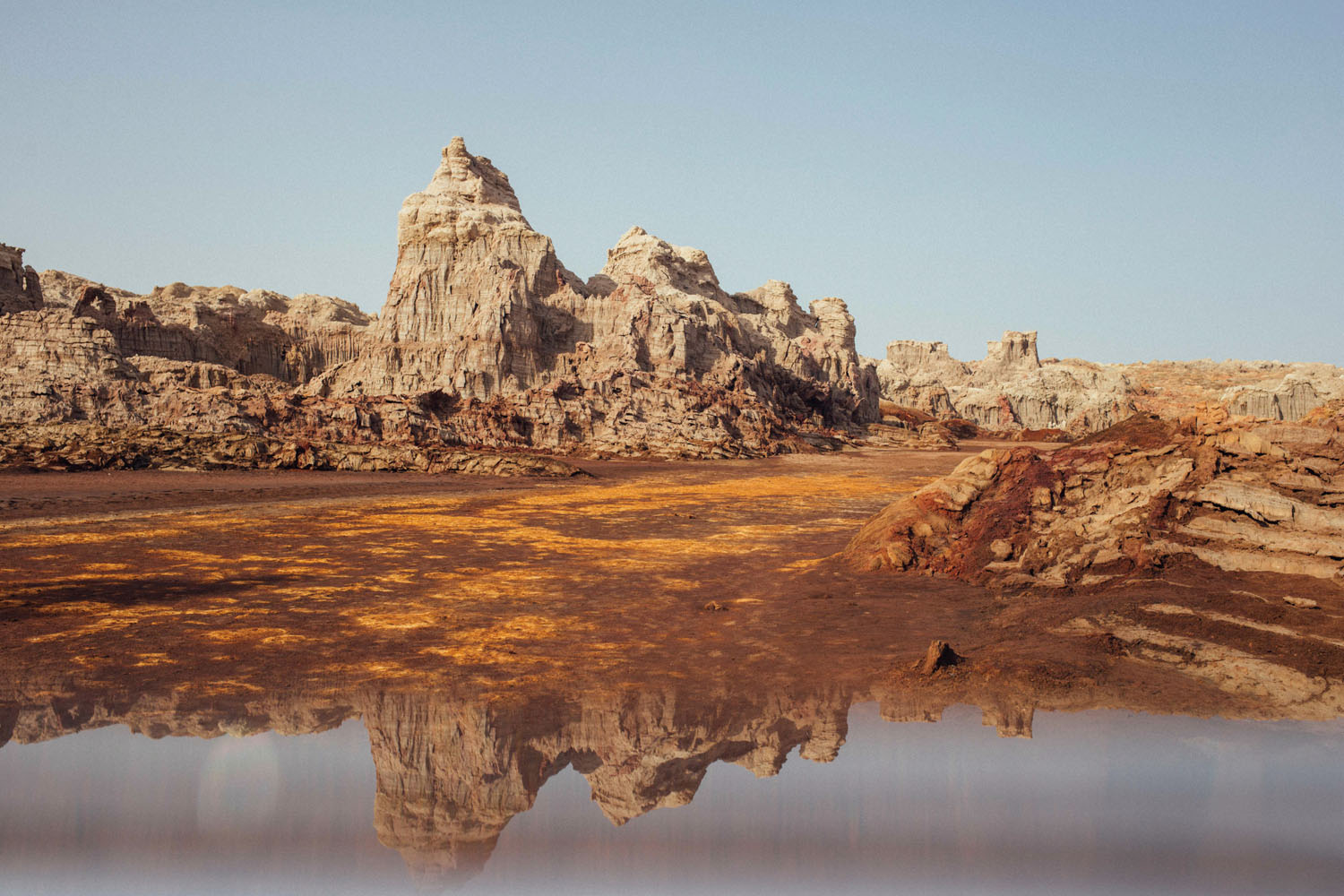Image


You should really subscribe now!
Or login if you already have a subscription.
Alex Pritz is a filmmaker and photographer based between New York City and Nairobi. A recipient of the Dalai Lama Fellowship, Alex’s work explores the ways in which humans relate to the natural and built environments.